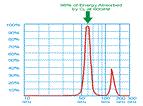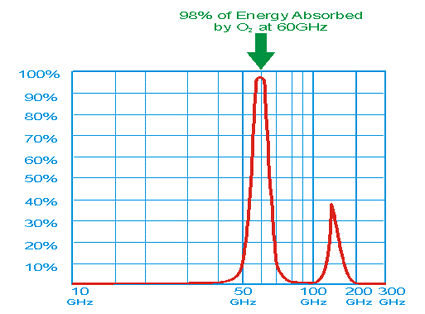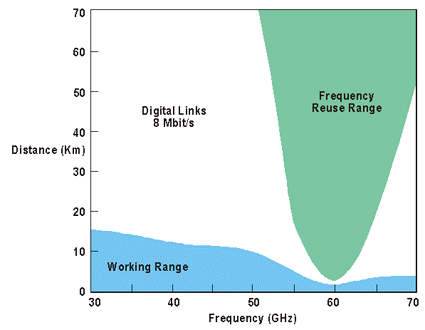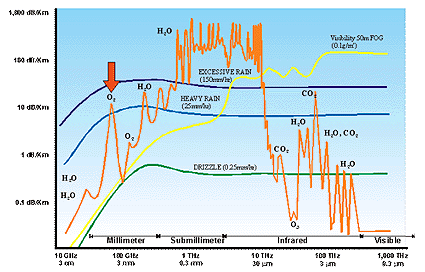The BEST NEWS re CΟRΟNΑ VΙrus you've heard all month! Kinda.
Let me know if you'd like emails from me to receive notifications of video uploads in future. Email me at DanaAshlie@protonmail.com ; just say "Notify me" in the subject heading. :) Getting this together now...Blessings! https://www.brighteon.com/new-search?... -- As for those who know of my being demonetized and who feel led to financially support this YouTube video work via your donations, here are links: To donate via PayPal, put the following into your browser bar: paypal.me/DanaAshlie Patreon :) https://www.patreon.com/user?u=425499... or reach me old school: Dana A PO Box 3324 Blue Jay, CA 92317 Email: danaashlie@yahoo.com New! Proton mail: danaashlie@protonmail.com For optimum health, I HIGHLY recommend REMOVING microwave frequencies from your home. Wifi, cordless phones, wireless devices etc. Good news! You can use your phone for INTERNET with the CELL/Bluetooth Wifi OFF (airplane mode ON) by connecting these adapters to an ETHERNET cable (from your router). For androids with usb-c: https://amzn.to/3ao4LNj Iphone / Ipad: https://amzn.to/30DMG9p Re: these RJ45 adapters, my advice, get the 3 dollar protection plan! They're ALL from CHINA and can BREAK! This way, WHEN they break, they will replace them for FREE. Other RF protection gear: Sperm are hugely effected by microwave frequencies. Men! protect your genetic offspring by wearing these! https://getlambs.com/?rfsn=2909703.d2... -- RF Meters to check your own microwave/RF/EMF levels at home: https://tinyurl.com/yaxgfg8q - RF Meters======================================================================

- 60GHz V-Band Radios with High Gain Antennas
- 60GHz V-Band SmartNode P2MP Radios
- 60GHz V-Band Compact Sector Radios
- 60GHz V-Band Compact CPE Radios


Modern V-band 60GHz radios from CableFree are easy-to-deploy, cost-effective, wireless Gigabit Ethernet point-to-point bridges operating in the 60 GHz millimeter wave V-band, delivering full-duplex capacity of up to 1 Gbit/s over distances of up to 1km or more. Utilising Time Division Duplexing (TDD), the full 2.3Gbps capacity of the radio is available divided into both directions for transmit and receive under user control.
Combining carrier-class performance with advanced features such as adaptive modulation, multi-channel operation, low latency, high link throughput and security, the CableFree V-Band Radio supports a variety of shorthaul connectivity, network extension and backhaul applications.
Modern Chipsets for V-band wireless include 802.11ad wireless chipsets which offer high performance with compact, efficient & low-power solutions.
- Excellent “carrier class” performance for high-speed Gigabit capacity internet, data, and voice communications.
- 60GHz radios have a small footprint making them perfect for metropolitan areas or aesthetically sensitive installations, such as in historic districts or architecturally regulated areas.
- 60 GHz has unique characteristics which provide a high degree of immunity to interference from other radio signals.
- Large 7 GHz channel size (“bigger pipe”), compared to conventional microwave solutions (typically 3.5 to 60 MHz).
- “Oxygen absorption” attenuates 60 GHz signals such that they cannot travel far beyond their intended path, which (a) enhances signal/data security and (b) enables customers to install numerous 60 GHz radios in the same area (higher “frequency reuse”).
- Excellent directivity via highly focused point-to-point antennas, perfect for building-to-building, tower-to-tower, and small cell deployments.
- Up to “Five 9’s” (99.999%) availability, depending on rainfall rates/geographic location. In most parts of the world, rain attenuation can be compensated for by selecting the appropriate antenna and assessing link distance correctly, which is made easier by Choice of different 60 GHz antennas to suit precise applications

==================================================================
News
| April 10, 2001


In the United States, less than five percent of all commercial office buildings have access to fiber cables. With the high costs to install physical fiber, up to $250,000 per mile, many stopgap techniques, including ISDN, DSL, satellite and microwave communications links, have been deployed to overcome this "last mile" challenge. However, these techniques pose only temporary solutions, as ISDN and DSL require bandwidth from physical mediums that were not designed for Internet use, and available licensed microwave frequencies, 900MHz to 40GHz, and satellite frequencies, 6GHz to 30GHz, are limited.
Short haul, high-density deployments of wireless communications devices are required in metropolitan areas and business parks throughout the United States. Most often, office buildings though not physically linked to the fiber backbone are within one half mile of a local fiber trunk. Wireless communication devices operating at higher frequencies, such as 60GHz, allow businesses to link to the fiber easily, without the cost and time delays associated with physical fiber installation.
Due to the increased bandwidth demands and the scarcity of microwave frequency allocations, the wireless communications industry is beginning to focus on higher, previously unallocated portions of the spectrum in the millimeter wave frequencies from 40GHz to 300GHz. Due to the high levels of atmospheric RF energy absorption, the millimeter wave region of the RF spectrum is not usable in long haul, wireless communications segments. However, for short haul, "last mile" segments, the expanded RF data bandwidth available in the millimeter wave region makes it ideal for interference free, fiber speed connectivity.
Figure 1 illustrates the atmospheric absorption for millimeter wave frequencies.
At the millimeter wave frequency of 60GHz, the absorption is very high, with 98 percent of the transmitted energy absorbed by atmospheric oxygen. While oxygen absorption at 60GHz severely limits range, it also eliminates interference between same frequency terminals.


A 60GHz communications system must overcome the effects of oxygen absorption, 16dB/KM. In order to operate reliably at even short ranges, a very focused, narrow-beam antenna must also be employed to increase the level of signal available to the target receiver. This combination of oxygen absorption and narrow beam transmission enhances the security of the 60GHz radio link, minimizing the probability of unauthorized intercept.
Traditional wireless communications systems operating in the lower frequency ranges of 900MHz to 40GHz often interfere with each other when placed too closely together. This interference, due to the dispersion and uncontrolled propagation of RF energy through the atmosphere is minimized by FCC frequency coordination, licensing and through the implementation of interference avoidance techniques such as spread-spectrum modulation. FCC Licensing precludes dense deployment through the limited number of regional licenses granted and spread-spectrum techniques have proven only marginally effective, as the overall noise floor has risen. In the 60GHz region, the effects of oxygen absorption and the use of narrow beam antennae minimize the probability of interference between the radios. Theoretically, 100,000 systems operating at 60 GHz can be co-located in a ten square kilometer area without interference problems.
Weather conditions have an adverse effect on all RF transmissions, especially in the millimeter wave region where severe rainstorms can cause as much as a 20dB loss in signal strength for every kilometer of transmission. As the distance the radio transmission increases, the fade margin needed to compensate for weather effects increases proportionately. Since radios operating at 60GHz transmit only over short distances, the compensation for weather effects is not as great as for systems transmitting one kilometer and beyond.
At 60GHz, the extremely high atmospheric absorption level is due primarily to the molecular composition of the atmosphere. Figure 3 illustrates the atmospheric attenuation characteristics for wavelengths from 3 cm to 0.3 mm. For millimeter waves, the primary absorption molecules are H2O, O2, CO2 and O3. Since the presence of O2 is fairly consistent at ground level, its effect on 60GHz radio propagation is easily modeled for margin budgeting purposes. In addition, the high level of attenuation from oxygen absorption makes even the worst weather-related attenuation insignificant, especially on the short paths where 60GHz systems operate. Even extremely heavy rainfall, 25mm/hr (5dB/KM), will make only a very small percentage contribution to aggregate attenuation in the 60GHz oxygen absorption region.

Due to the unique characteristics of the 60GHz millimeter wave region and the raw bandwidth available, wireless communication at 60GHz offers a reliable "last mile" alternative to installing physical fiber. 60GHz communications systems can be used for a variety of applications, including metropolitan area networks, campus networks, network backbones, network branch links, temporary emergency restoration and local access.
Shigeaki (Shey) Hakusui is the president and founder of Harmonix Corporation, the manufacturer of the GigaLink 60GHz digital radio system used for high-speed, wireless communications. www.hxi.com




